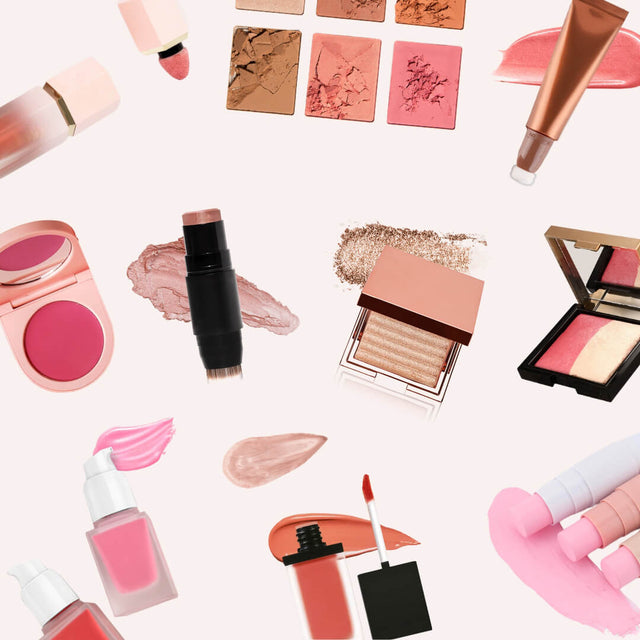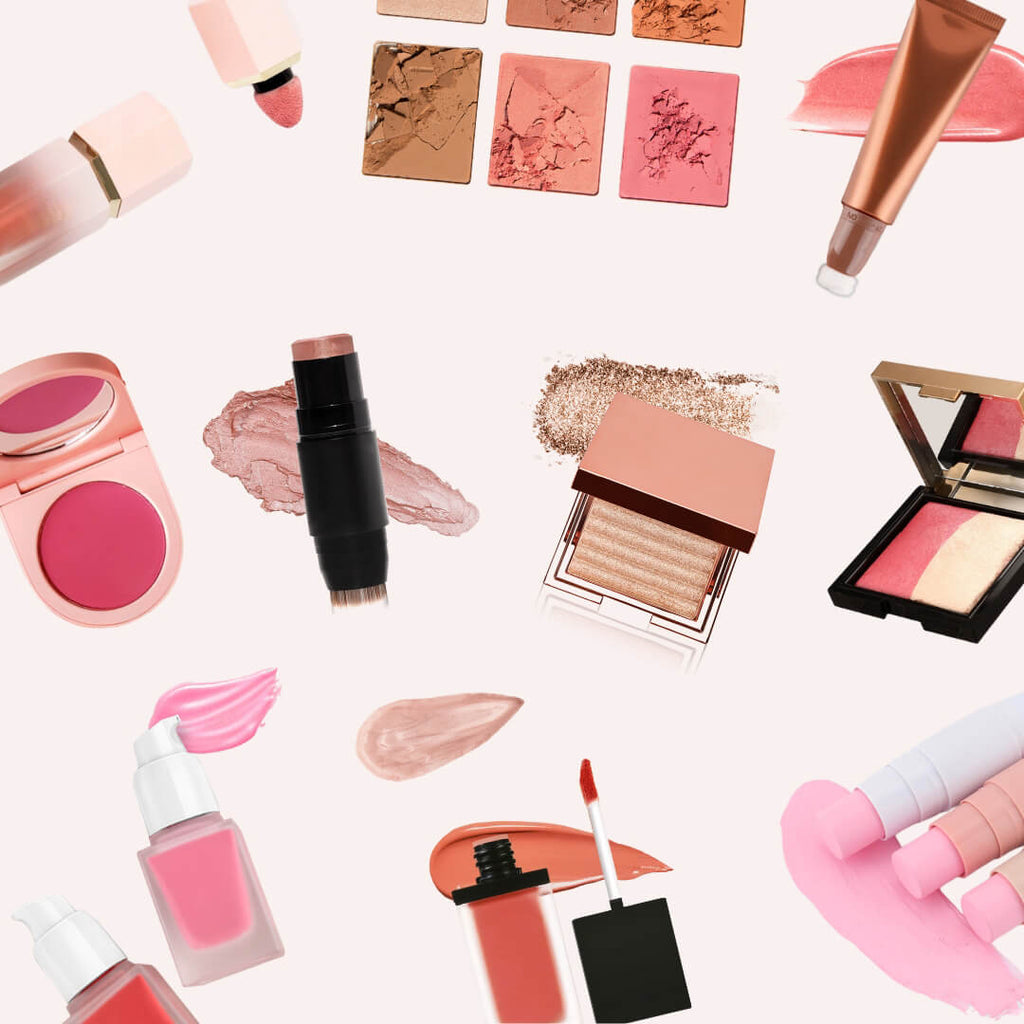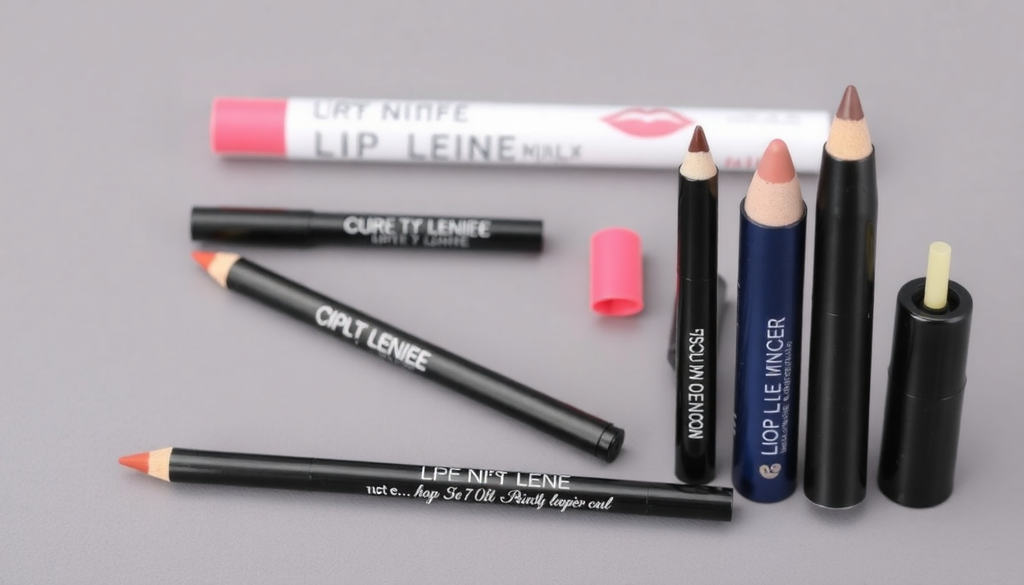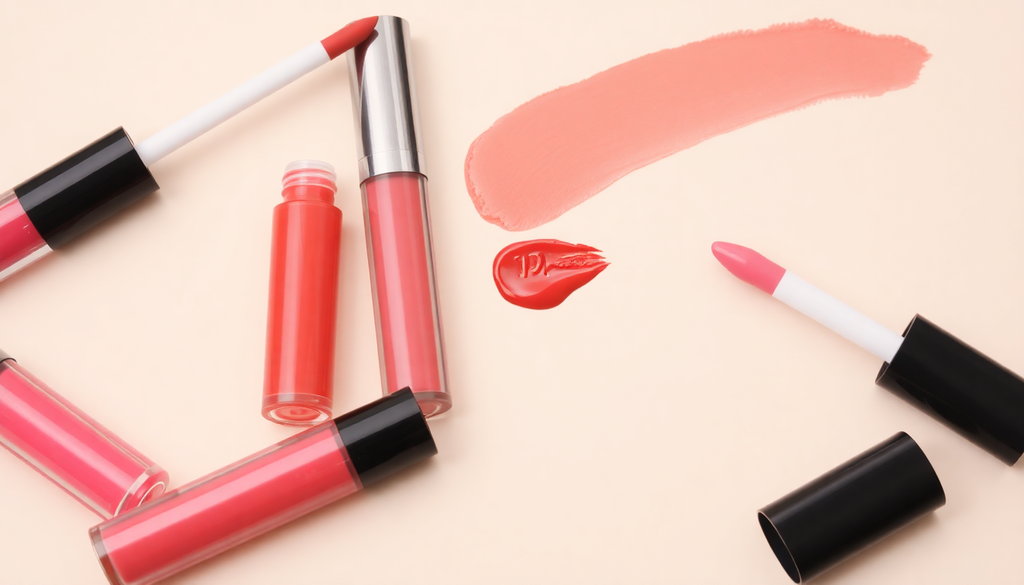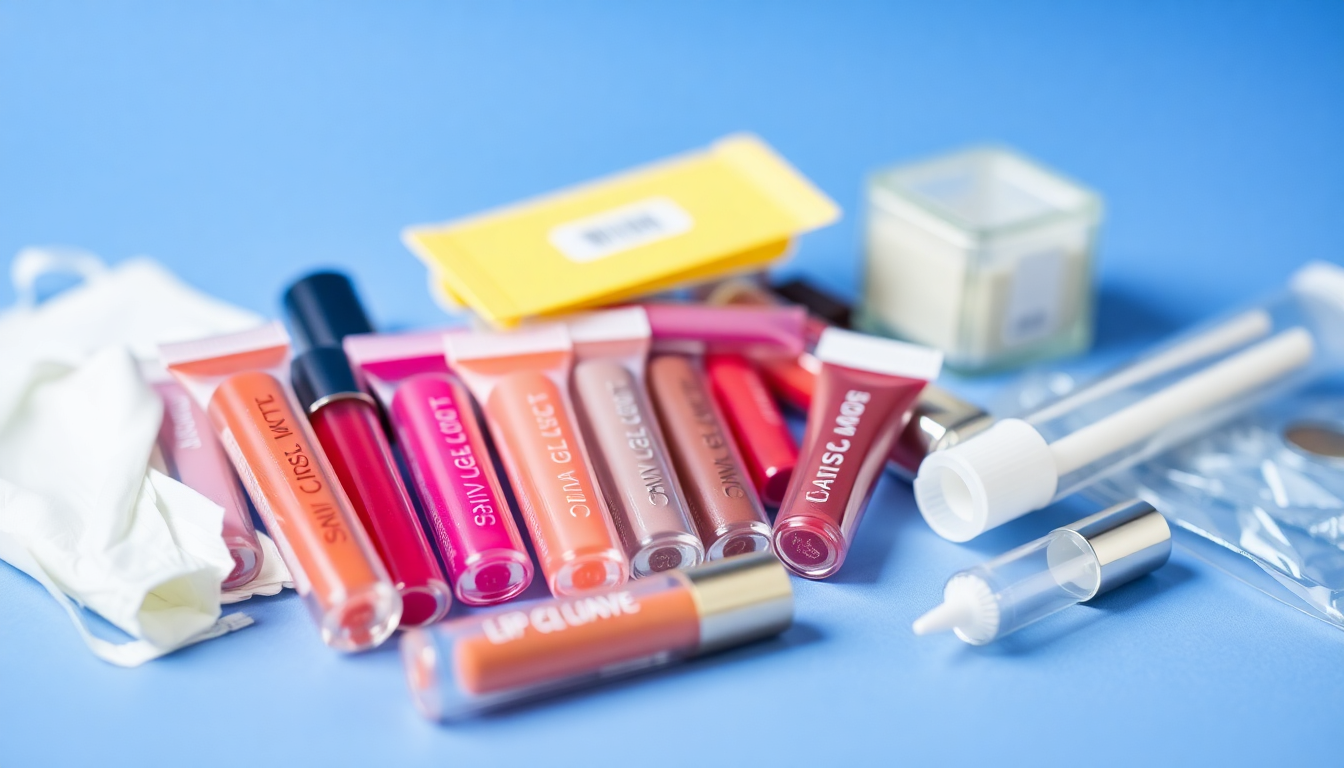
Private Label Lip Gloss Starter Kit: Cost, MOQ & Vegan Formula Steps for First-Time Brands
Ultimate Guide to Launching Private Label Lip Gloss Like a Pro
Entering beauty with a private label lip gloss is one of the fastest ways for beginner founders to launch a high-margin, brandable product. This expanded guide offers step-by-step formula guidance for a vegan lip product, realistic cost and MOQ benchmarks, packaging choices (budget to premium), color strategy using Pantone references, regulatory/testing requirements, marketing and pricing tips, and multiple actionable checklists. If you want to build a signature gloss line while minimizing risk, read on.
Why Lip Gloss Is Your 2024–2025 Brand Launchpad (Trend Signals)
- NPD Group (2024) reported a notable resurgence in gloss finishes as consumers returned to glossy looks after the matte-dominant years.
- Statista and search data in 2024 showed rising interest in clean and vegan cosmetics, with 'vegan lip product' search growth outpacing several other categories.
- Retail surveys (2025) indicated premium packaging and sustainability claims consistently improved conversion for indie beauty brands during Q1 2025.
Think of launching shades like building a capsule wardrobe: five well-chosen glosses will cover most customer needs while keeping inventory lean.
Step 1: Formula Foundations - What Beginners MUST Know
Start with a simple, stable vegan formula that delivers shine, non-stick feel, and good adhesion to lips. You’ll iterate, but the first prototype should prioritize safety, stability, and consumer feel.
Vegan Lip Gloss Starter Formula (core components)
- Emollient base: caprylic/capric triglyceride or hydrogenated vegetable oil for slip and shine.
- Thickeners: candelilla wax and hydrogenated polyisobutene to replace beeswax and create body.
- Non-tacky modifiers: light esters or silicone alternatives to reduce tackiness while maintaining shine.
- Pearlescent/Color: cosmetic-grade mica or FDA-compliant lake pigments for color; iron oxides for opaque shades.
- Actives & Preservative: water-soluble actives (in separate phase) like hyaluronic acid if using a water phase; broad-spectrum preservative system and chelators if any water content exists.
Formulation Process (step-by-step)
- Phase prep: preheat oil and wax phase, disperse pigments into carrier for uniformity.
- Combine: blend oil and wax phase under shear until smooth, then add slip modifiers and actives.
- Deaeration: remove air to avoid bubbles in clear glosses.
- Small-batch stability run: keep samples at room temp, 40C, and refrigerated for 1, 4, and 12 weeks.
- Microbial test: conduct preservative efficacy test (PET) before scale-up.
Formulation Checklist (actionable)
- Confirm all pigments and micas are cosmetic-grade and vegan-friendly.
- Run small-batch PET and stability tests before signing off on formula.
- Request a full ingredient declaration (INCI) for labeling and compliance.
Key takeaway: Never skip stability testing! This single step prevents product recalls and reputational damage and is non-negotiable for safety and shelf-life claims.
Step 2: Packaging That Sells - Budget to Luxury Options
Packaging affects unit costs, perceived value, and shipping weight. Make choices that align with your brand positioning and sales channels.
Packaging Options and Pricing Ranges
- Budget: Standard plastic doe-foot tube. Typical cost: under $0.30/unit at larger MOQs.
- Mid-tier: PET or PP clear tube with molded wand and tamper cap. Typical cost: $0.40–$0.80/unit.
- Premium: Glass tube with metal or lacquered cap and weighted applicator. Typical cost: $1.20+ unit (tooling and MOQ dependent).
- Sustainable alternatives: Sugarcane PCR plastics, glass, or refillable systems—costs vary but can be economical at scale.
Packaging Checklist (actionable)
- Ask suppliers for MOQ by part and lead time; packaging often dictates minimums.
- Request free or paid samples to test fill, weight, and applicator performance.
- Calculate unit weight for shipping and eco-impact; smaller tubes often reduce carbon footprint and shipping cost.
Step 3: Color Selection Science - From Pantone to Profit
Select five starter shades that sell year-round and allow upselling combos. Use Pantone references to communicate with your manufacturer.
Five Shade Starter Strategy
- Sheer Clear: universal layering gloss.
- Warm Nude: Pantone ~13-1014 or close hex as a briefing tool.
- Cool Nude: Pantone ~12-0703 to represent neutral-cool tones.
- Soft Pink: approachable and best for broad appeal.
- Berry/Shimmer: seasonal bestseller, add mica for depth.
Color Checklist (actionable)
- Get physical swatches and wet-sheen samples before final approval.
- Check pigment loading for opacity vs. sheerness and cost impact.
- Consider one limited-edition seasonal shade to create urgency.
Step 4: Cost Control Tactics - Manufacturing Insider Tips
Budget-conscious founders need visibility on costs from day one. Here are realistic number ranges and where the hidden costs crop up.
Estimated Cost Breakdown (examples)
- Formula production (ingredients + fill): $0.90–$2.20/unit at MOQ 500–1,000.
- Packaging: $0.30–$1.20/unit depending on material and print.
- Testing & compliance: $800–$3,500 initial (stability, PET, safety assessment).
- Artwork, labels and barcodes: $200–$800 (one-time setup).
- Freight, customs & duties: variable—plan a 5–15% buffer of total landed cost for imports.
Budget Control Checklist (actionable)
- Run a landed cost model: formula + packaging + testing + freight + duties per SKU.
- Negotiate tiered pricing for reorder MOQs and packaging parts.
- Reserve a 20–30% contingency for reformulation, misprints, or testing retakes.
Testing, Claims & Regulatory Requirements
Compliance depends on target markets. Even for indie brands, a basic testing package is mandatory:
- Stability testing at multiple temperatures (recommended: 3 months accelerated, 12 months real-time for confident dating).
- Preservative efficacy test (PET) if any water is present.
- Heavy metals screening for pigments and raw materials.
- Label accuracy: INCI, batch code, net weight, and any claim-supporting documentation (vegan certificates, cruelty-free logos).
Vegan certification bodies to consider: Vegan Action, The Vegan Society, or third-party auditors that your manufacturer can coordinate with.
Manufacturer's Corner: How We Make Lip Gloss Development Painless
A good manufacturer acts as co-developer: they can advise on formulations, pigments, packaging fit, and regulatory requirements. Use the following to vet partners.
Manufacturer Checklist (5 critical questions)
- Can you provide vegan formula options and ingredient documentation (COA/COC)?
- What are your MOQs for custom glosses and for packaging parts specifically?
- Do you offer shade matching, prototype runs, and a documented revision process?
- Which tests are included, and which are billable extras (stability, PET, heavy metals)?
- What are lead times for first production and for reorders at the indicated MOQ tiers?
Marketing, Pricing & Launch Tips
Positioning and pricing make the difference between a boutique sellout and dead inventory.
Go-to-Market Checklist (actionable)
- Price to margin: set wholesale at roughly 2.5x production landed cost and retail at 2x wholesale as a starting point.
- Product shots & swatch cards: invest in high-quality photography to show wet shine and true color.
- Bundle strategy: launch 3-shade sets and a 5-piece capsule to increase AOV (average order value).
Sample Timeline for a First Run (typical)
- Weeks 1–2: Concept, shade selection, packaging brief, NDA with manufacturer.
- Weeks 3–6: Prototype development and review—2–3 iterations.
- Weeks 7–12: Stability and PET testing in parallel with packaging approvals.
- Weeks 13–16: Production run, QC, and shipping (times vary by factory location).
Final Pre-Launch Checklist
- All tests passed and documented (stability, PET, metals).
- Approved artwork, labels, and packaging samples on hand.
- Full landed cost per SKU calculated and pricing set.
- Marketing assets, product pages, and inventory tracking set up.
Bold takeaway: Plan for the costs you can't see at first glance—testing, labeling, and freight will shape your real unit economics.
Ready to formulate and get an accurate quote for your private label lip gloss? Request our Private Label Lip Gloss Starter Kit for a tailored cost estimate, MOQ breakdown, vegan formula options, and prototype timeline. Visit [CONTACT PAGE] and our custom cosmetics team will guide you from brief to polished product.

